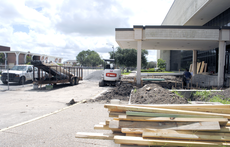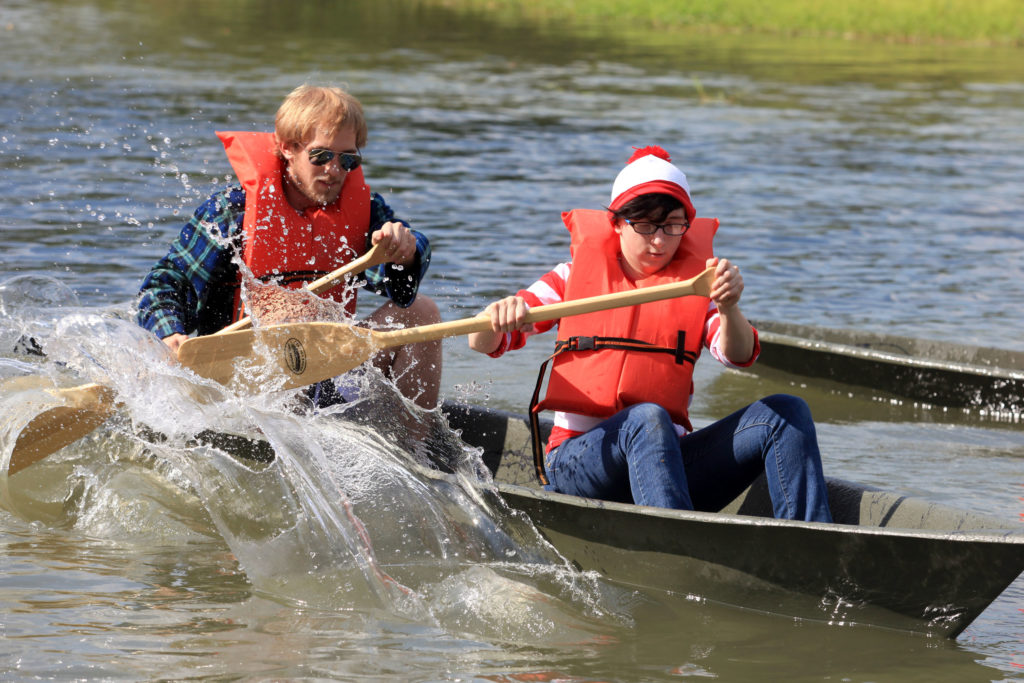Several renovations around the University, funded by four different sources, continue as part of an ongoing process. Mike Davis, assistant vice president of administration purchasing, said funding for all renovation projects on campus come from one of four sources: the building use fee, the deferred maintenance fee, the capital outlay fund and 501c3 nonprofit organizations. The building use fee is acquired through a fee added to every students’ registration and is used on construction that takes place inside buildings or benefits academics. The deferred maintenance fee is funding from the state that is supposed to be used for repairs on current buildings. Davis said that while Nicholls received $4.6 million from the state to be used in this account a year and a half ago, the first priority project it was supposed to go towards carried a tag of $25 million, and the second priority projects were over $30 million, well beyond the budget given by the state. “We try to spread the money around campus,” Davis said. The capital outlay project management fees are obtained from state funds after the legislature approves a project from a list submitted by the University. “We submit a list of six or seven projects once a year,” Davis said. “You’re lucky to get one approved.” The last source of funding for University renovations can be obtained through third party projects known as 501c3 nonprofit private corporations. Davis said these sources of revenue are some of the most efficient. It was through this source that La Maison du Bayou was planned and completed from June 2003 to January 2004. Some of the current renovations going on include projects at Talbot Hall, Peltier Hall, Goaux Hall and Ellender Memorial Library. While some students may see these construction projects as a negative, there are others that find them to be a welcomed sight of progress. Jeffery Edwards, English senior from New Orleans, said the renovations are a fact of life, and summer is a good time to have them done. “I used the library over the summer, and I don’t feel like I was inconvenienced,” Edwards said. “There are far fewer students over the summer. It is far less of an inconvenience when there are less people on campus.” Edwards said any university has to keep its facilities up to date to remain competitive. “It’s good for the people we have, and it’s good for the people we want to attract,” Edwards said. Davis said future projects will include replacing outdated sewer lines in the quadrangle and upgrading fire alarms to include PA systems that would be tied to University Police as a central emergency hub. Davis said there is no convenient time to do these projects because with regular semesters, all the summer camps and other extracurricular events taking place, the campus has become a 12-month campus. “It is an ongoing process,” Davis said. “We do our best to do projects without inconveniencing people.
Renovations continue throughout semester
Mike Cartozzo
•
July 8, 2010

Photo by: Bridget Mire
Construction work continues Monday in front of Ellender Memorial Library. The entrance to the library is currently undergoing renovations.
0
More to Discover







